Lost & Found: Shabnam, Rajeeta, Rehana and Bela
"One could get greater fame and money in films than as a doctor"
For the last couple of weeks I’ve been unable to watch a whole movie. So I decided to lose myself in old film magazines, discovering “new” old films, adding them to my bottomless watchlist. What I come across a lot, especially in the Filmfare magazines from the 70s, is that the opening pages are always filled with gorgeous actresses, unknown to me. They grace the cover of the magazine as well. They’re like ghosts from another era, beckoning me to learn more. These actresses, with their enigmatic smiles and forgotten stories, have become my current obsession. Take Shabnam, for instance- the girl who played Asha Parekh’s friend in Sajan (1969). I Googled her, and all I found was this super-sparse IMDB page
with one dodgy photo…
… that isn’t even her! The Shabnam in the photograph above is of a Bangladeshi-Pakistani actress. She has her own Wikipedia page, unlike the Shabnam from India.
Tonight, as I write this, I’m still thinking about the Indian Shabnam. I find an article on Cinemaazi, and suddenly, I feel not so alone in my fascination with her. It’s like I’m part of this secret club, where strangers leave clues for each other online.
So well, I finally know a little bit of who Shabnam is and how she got into films. According to this article on Cinemaazi, she was a medical student before she joined the industry, because, “my heart was in films and so I gave up my medical studies. In any line, it is the success that counts very much. Not all lady doctors are successful. One could get greater fame and money in films than as a doctor. There is not much difference between being a lady doctor and a film artiste as both deals with the human aspect. If the doctor tries to soothe and alleviate human pain of all sorts and aims at human happiness, a film artiste also seeks to make human beings happy by entertaining them. Both are similar in the effect they create on human beings. It is human happiness that counts in both cases.”
After being spotted by a writer-poet, Harindranath Chattopadyaya, as she passed by his office window, she was introduced to Hrishikesh Mukherjee! In 1965, she played the leading lady in Faraar (Pinaki Mukherjee), and so was “truly and well launched into films.”
I LOVE this poster! And the kid on the top right, oooh such Grudge vibes. But sadly, back then, the movie was a flop. In Shabnam’s own words, if this is your launch film, “it affects the career of an artist though it is not her fault that the picture failed. It was also difficult for me to get film roles for no one looks for girls however talented and beautiful they may be, when they have featured in a picture which has not been a box-office success. The new-comer like me, has then no alternative than to accept whatever roles that come her way. I had to do the same thing, for having decided to stay in films, I was not discouraged with one initial flop. In film business, courage and patience are required abundantly and with these precious qualities one has to struggle in the fond hope that one of her films might click at some distant date.”
As I read her words, I’m struck by her commitment, how she wanted to make people happy though art. After Faraar, she came in Hrishikesh Mukherjee’s Biwi Aur Makan (1966). As I clicked through her filmography, it is clear that after Faraar she was relegated to supporting roles and sometimes not even roles with a proper name, like for Do Kaliyaan (1968) she is just credited as “school teacher,” and for Golden Eyes Secret Agent 007 (1968) “dancer.” I think Faraar was the first and last time Shabnam made it to the film poster.
Even though it might seem that she didn’t play significant roles as such, she’s memorable to me through just watching one of her films, Sajan.
Now that I think about it, another face and performance that has stuck with me is that of Rajita Thakur’s (though in the film she is credited as Ranjita Thakur) in Rajnigandha (Basu Chatterjee, 1974). She plays Ira, Vidya Sinha’s best friend in the film. I immediately connected with her character, all the personality she brought to it. Her free moving body language as opposed to Sinha’s, her cozy apartment in Bombay, her graphic chiffon saris. Watching her, I earnestly wished and hoped that there was a film just about her, where she played the lead, and we get into all her back story.
So, I Google her, and it turns out her name’s actually Rajeeta Kochhar. And, sadly, she passed away in 2022. But I’m already lost in her story, searching for clues of what her life was like. I find an old Filmfare image spread from 1972. Even though it carries a small snippet, it’s more informative than finding nothing. Before she got into films, she was a Marathi stage star, with a handful of films under her belt.
“Until two years ago Rajita Thakur was well known on the Marathi stage (Sansar Ha Sukhacha). Her increasing screen assignments - over half a dozen now - leave little time to devote to the stage, she says. She was seen recently in Piya Ka Ghar. Forthcoming films: Barkha Bahar, Sandhya and Parivartan. Rajita is Gujarati.”
Her radiant eyes and beaming smile is captivating, full of life, there is this confident air about her.
But then, I stumble upon this strange and wonderful fact- Rajeeta Kochhar became a TV soap opera star in the early 2000s. I find that oddly fascinating, like I was looking for her in all these films from the 70s and 80s, while she had been existing all along on the screens of every household on a daily basis.
Another name that jumped out at me as I was flipping through magazine scans- Rehana Sultan. I’d never heard of, but apparently she was a big deal back in the day. This Filmfare article from the 70s is basically a showdown between her and another new comer, Jaya Bhaduri (aka Jaya Bachan). I will be definitely checking out this film of Rehana’s Chetna (1970), where she plays some kind of complicated lady, “part time sophisticate and a part time call girl.” I found this super hazy print on Youtube, but luckily, it’s also available for free on SonyLiv.
And then I came across Bela Bose. According to her Wikipedia page, her big break came when she danced with the legendary Raj Kapoor in Main Nashe Mein Hoon (1959). And then, a few years later, she starred alongside Guru Dutt in Sautela Bhai (1962), and played Helen’s sister in Hawa Mahal (1962). Just like Rajeeta, she honed her skills in Bengali plays. But eventually she was typecast as a vamp.
And yet, in real life, she was apparently super conservative. She straight up refused roles that required her to wear a swimsuit onscreen. I love that about her, her exercising this sense of quiet rebellion, this refusal to conform to the expectation of others.
If any of these fabulous women have piqued your interest I would urge you to check out their work. Most of the movies that I mentioned are floating around on Youtube, though the quality might be sketchy, but it has its own charm, like watching something truly forgotten.
Bye for now, hope you all have a great weekend!





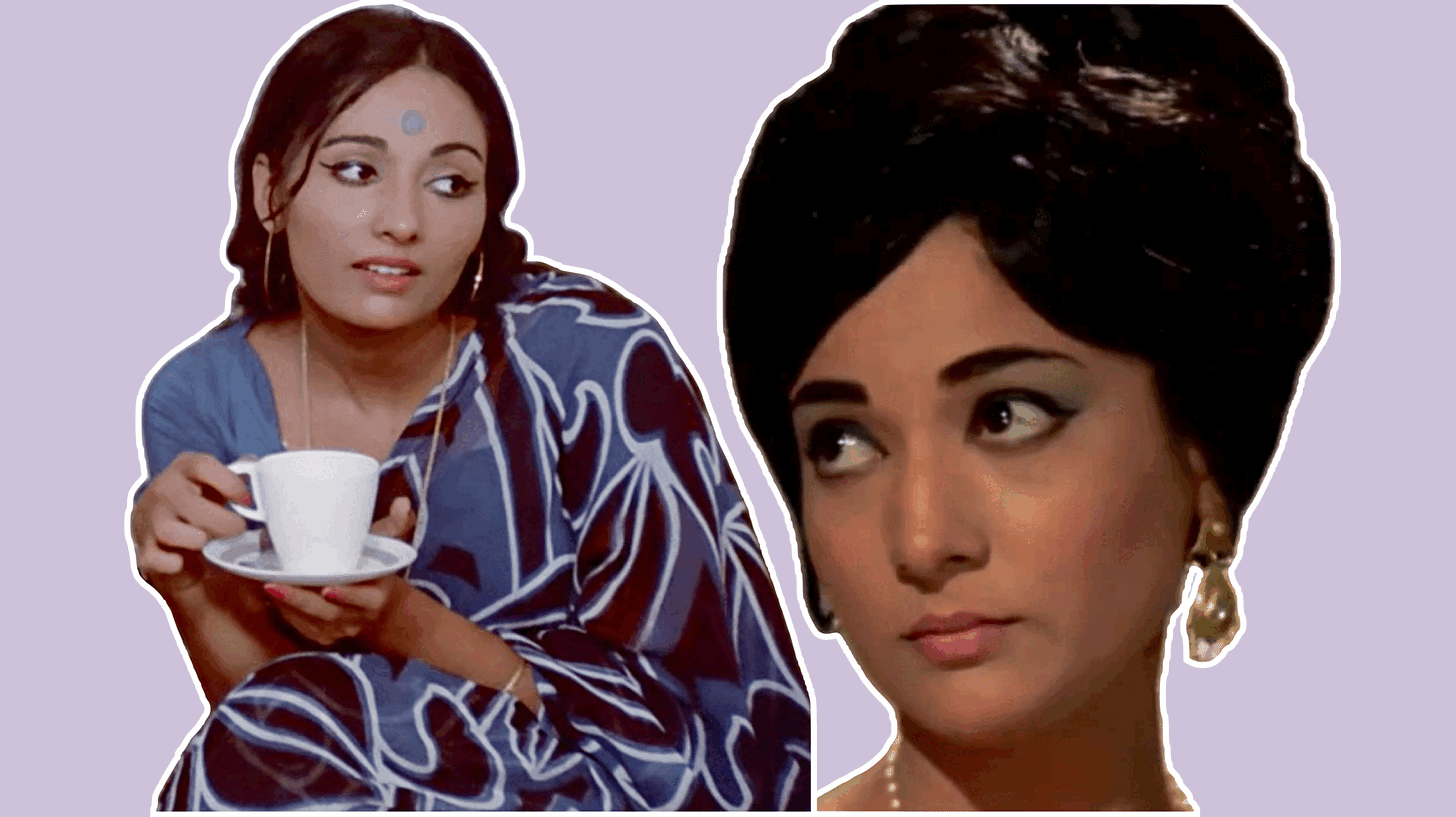
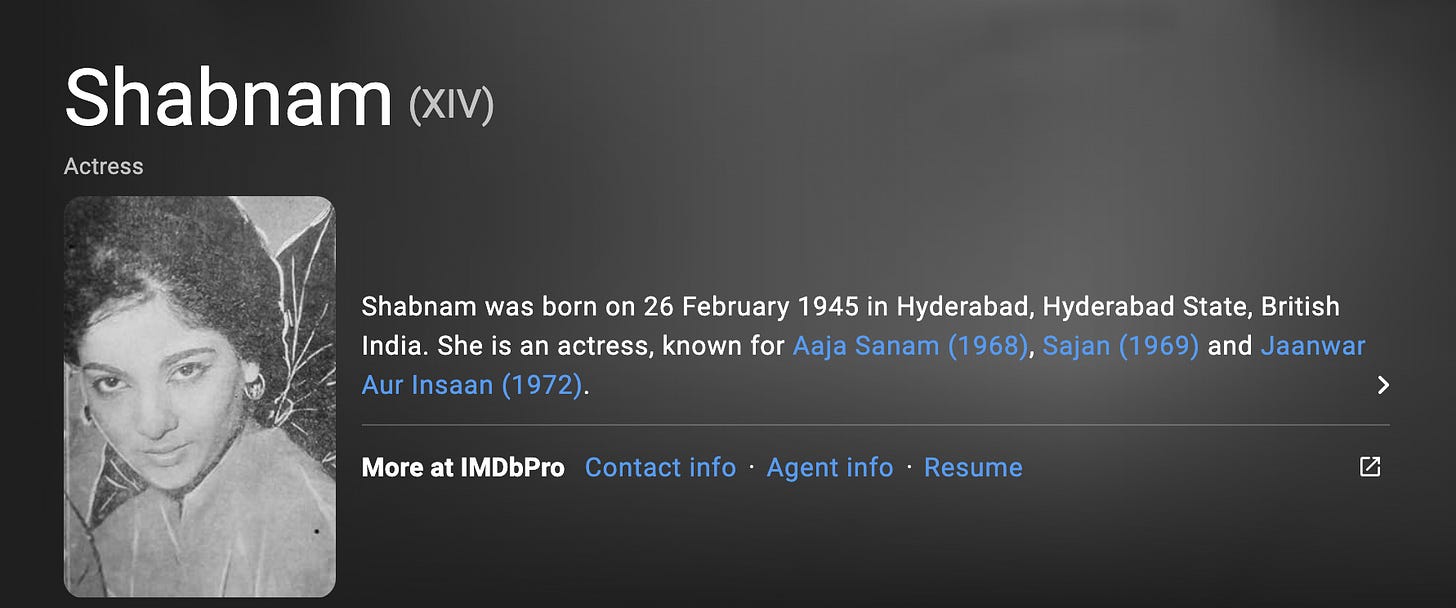
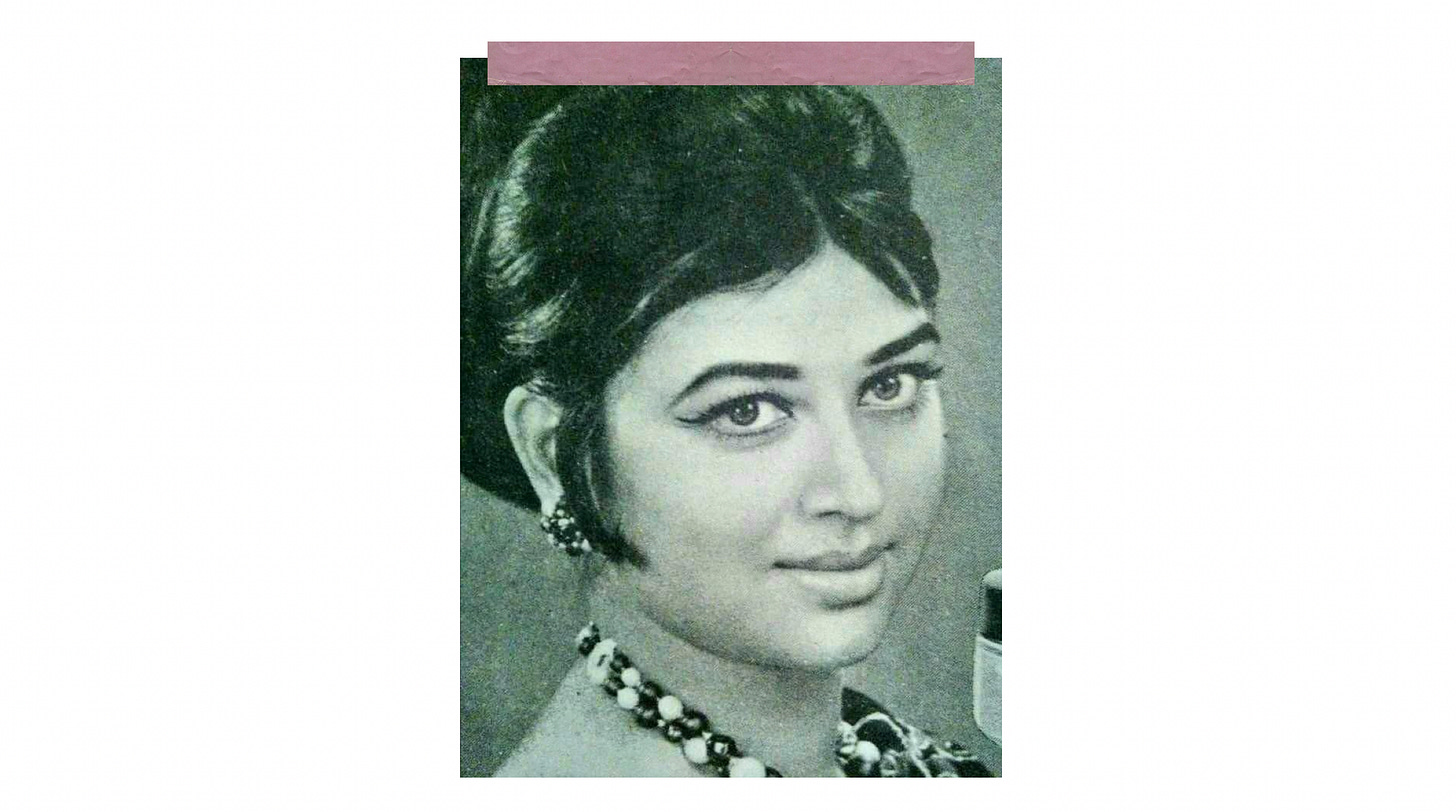
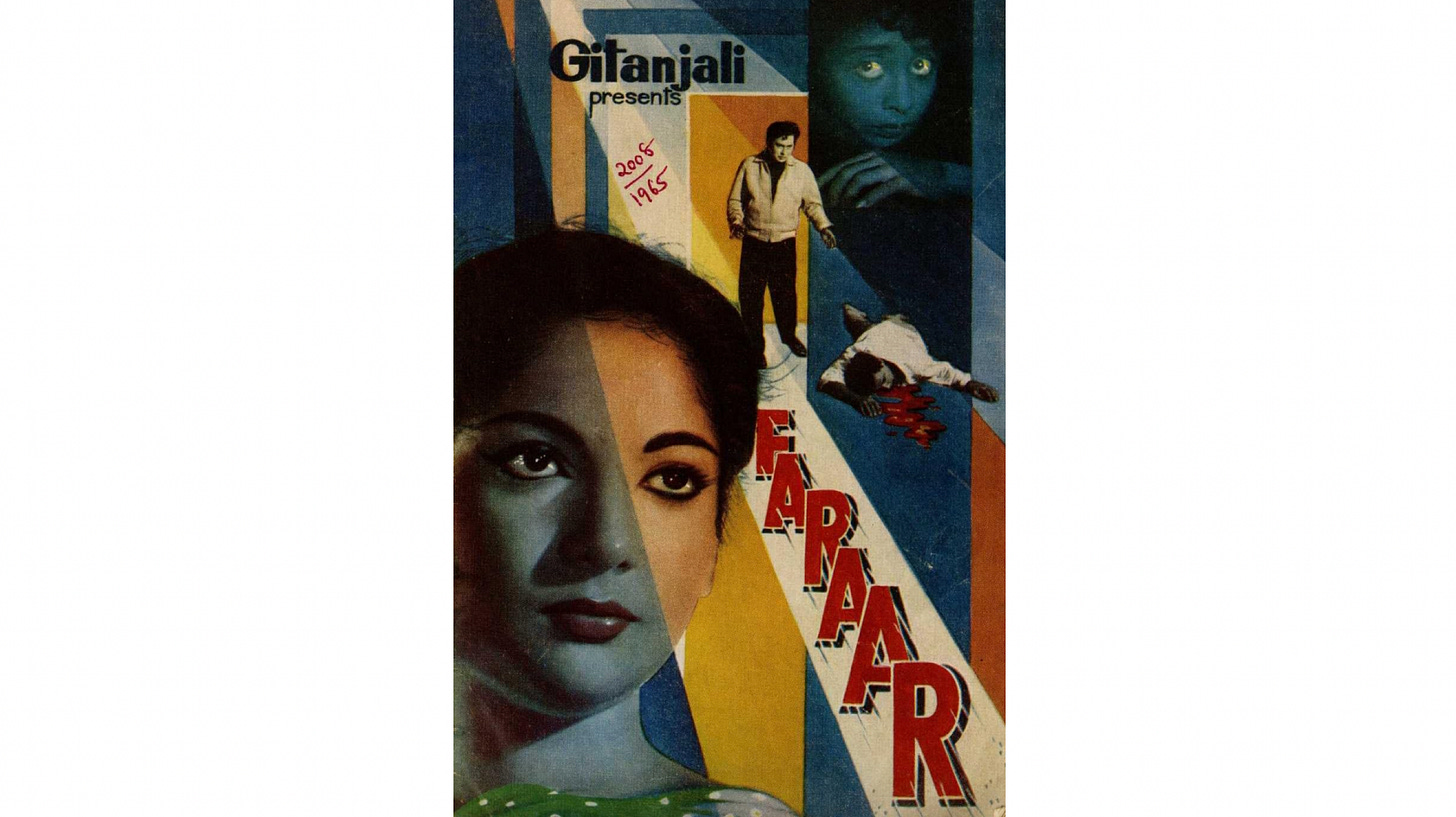
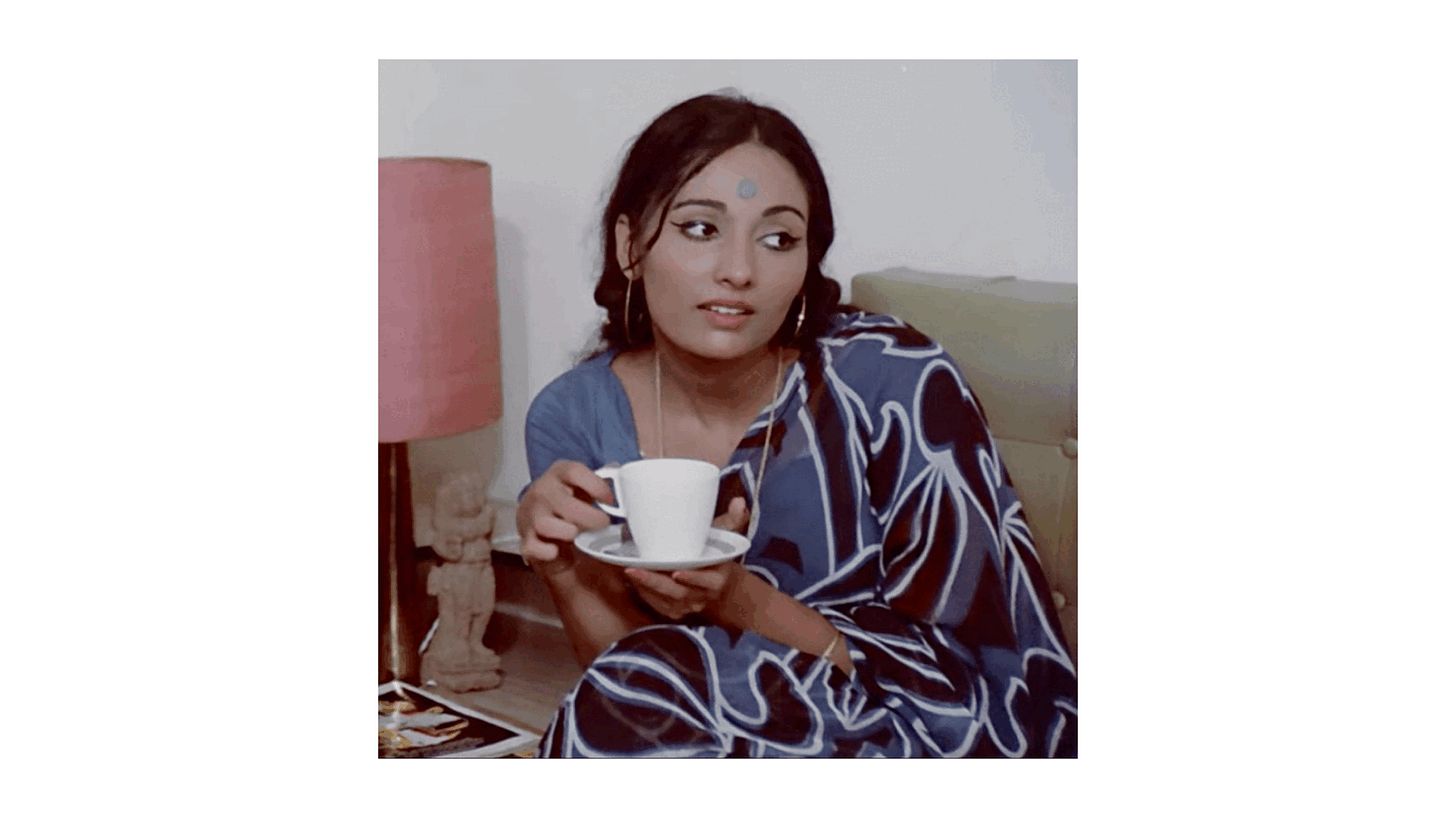
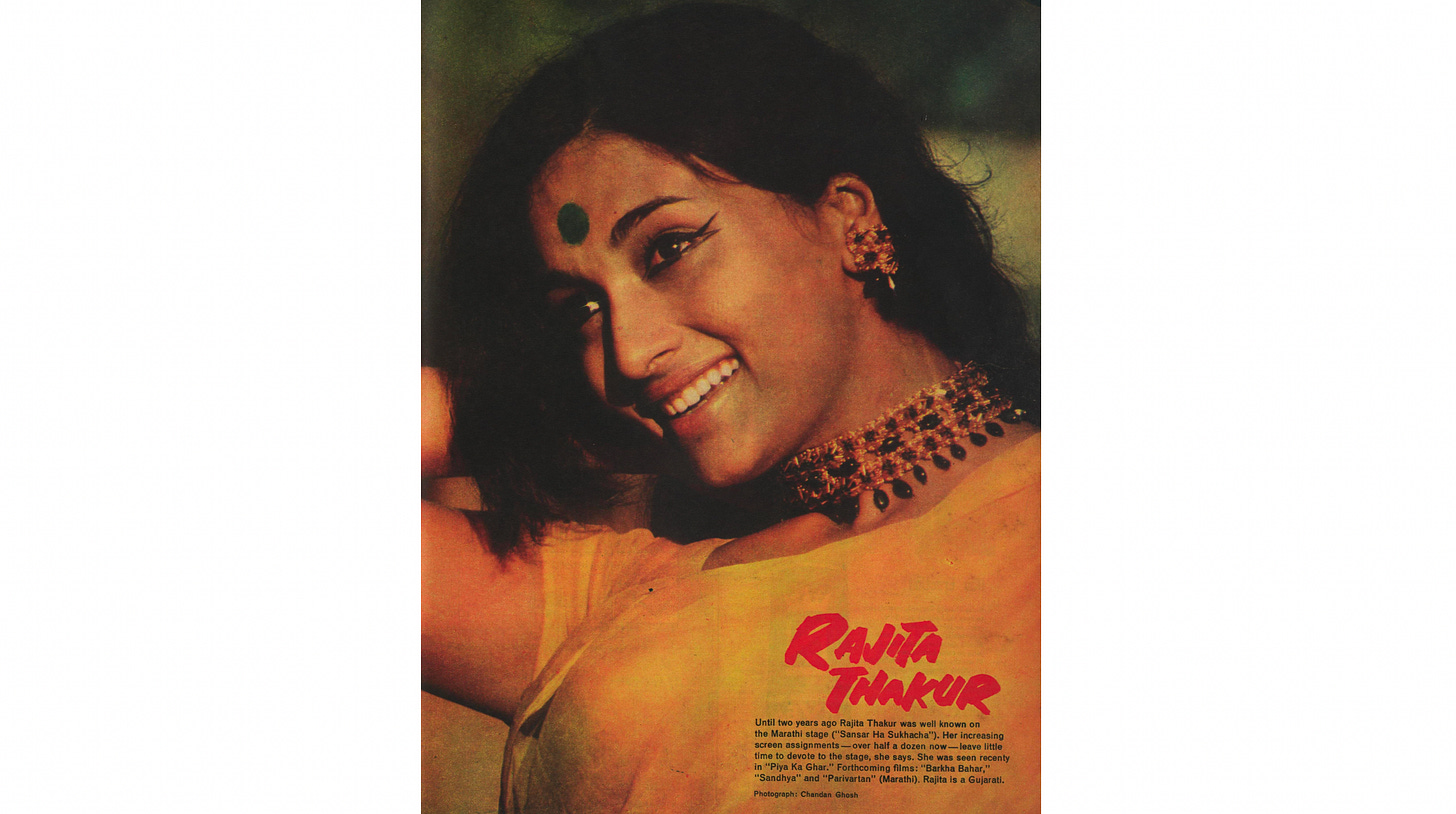
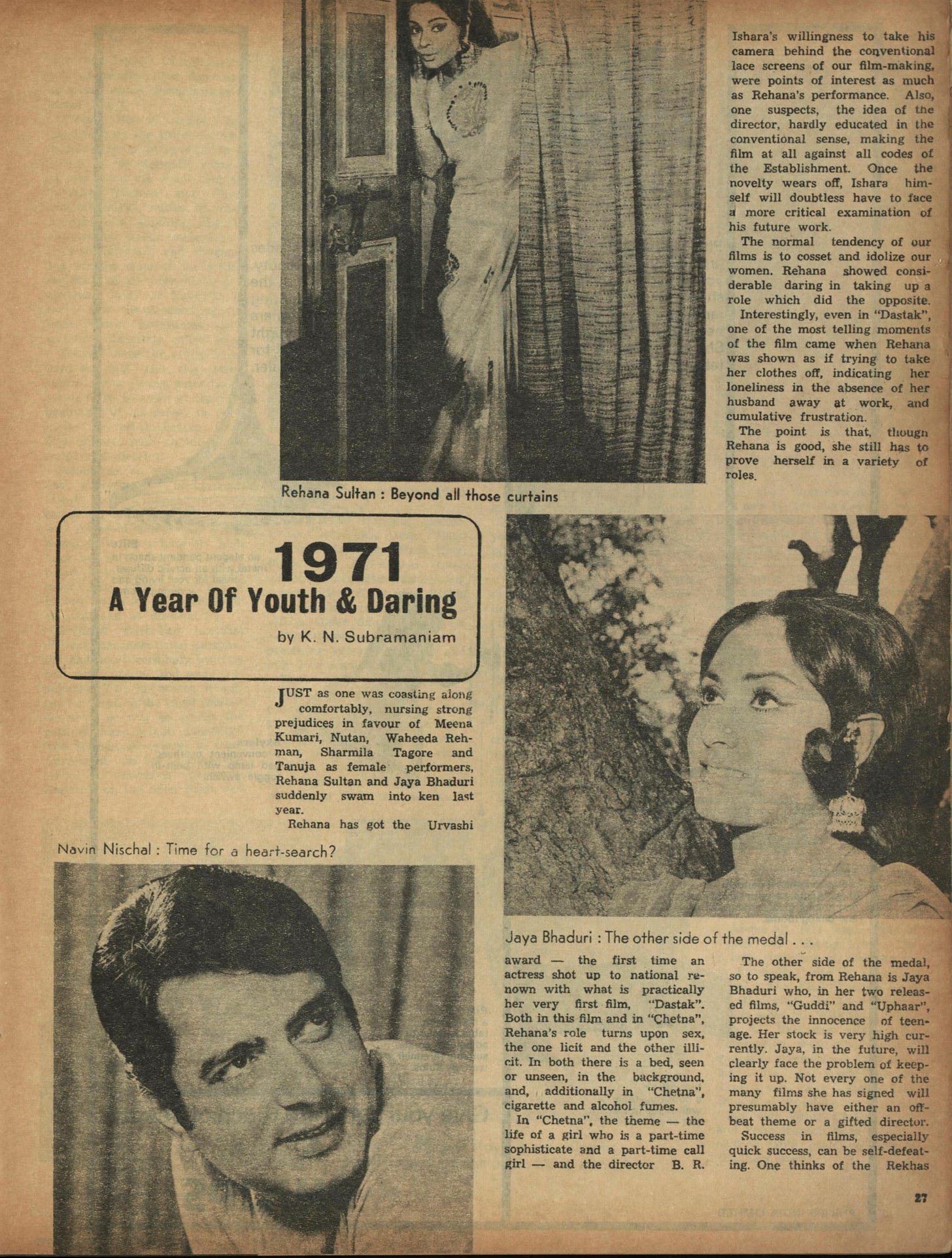
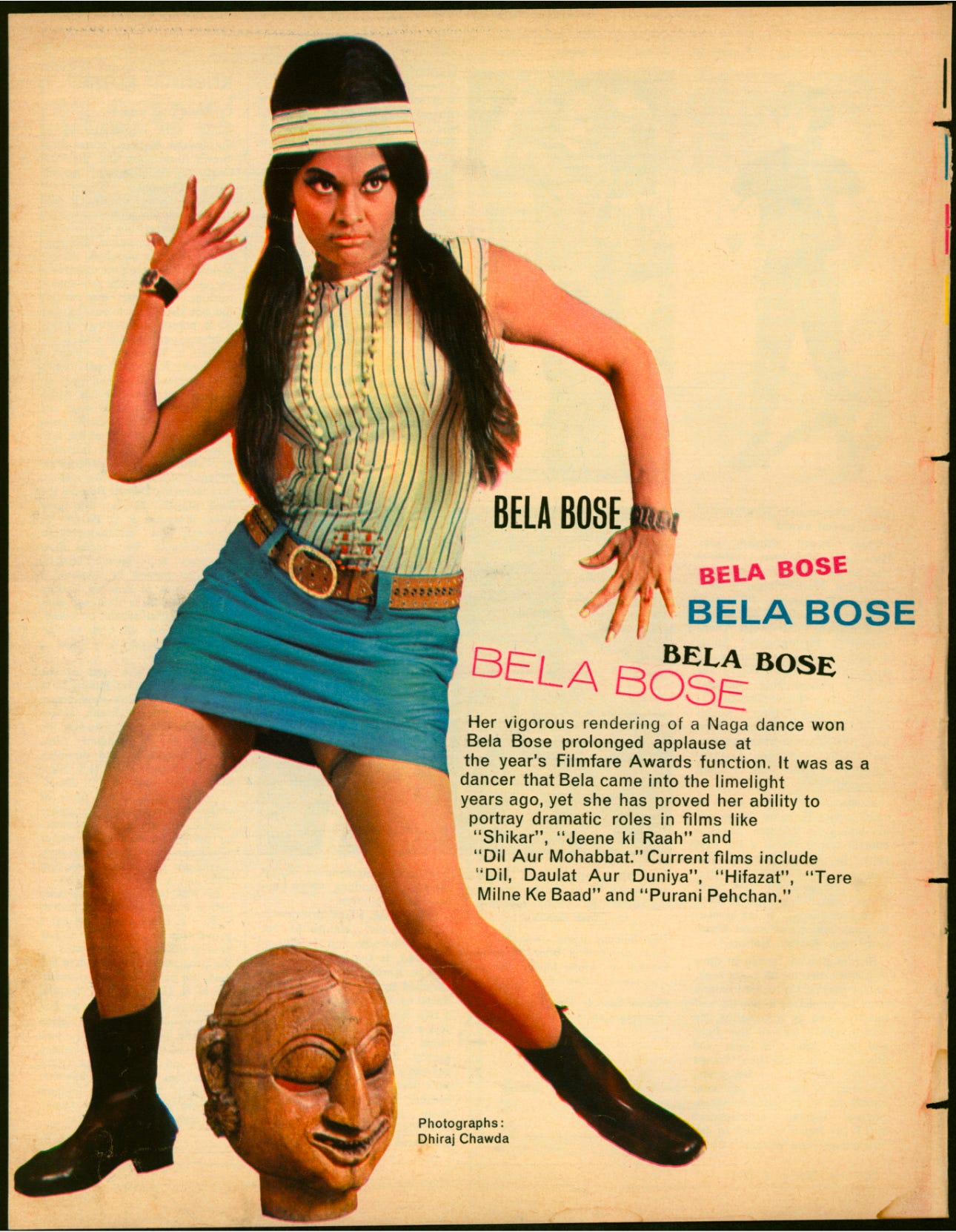
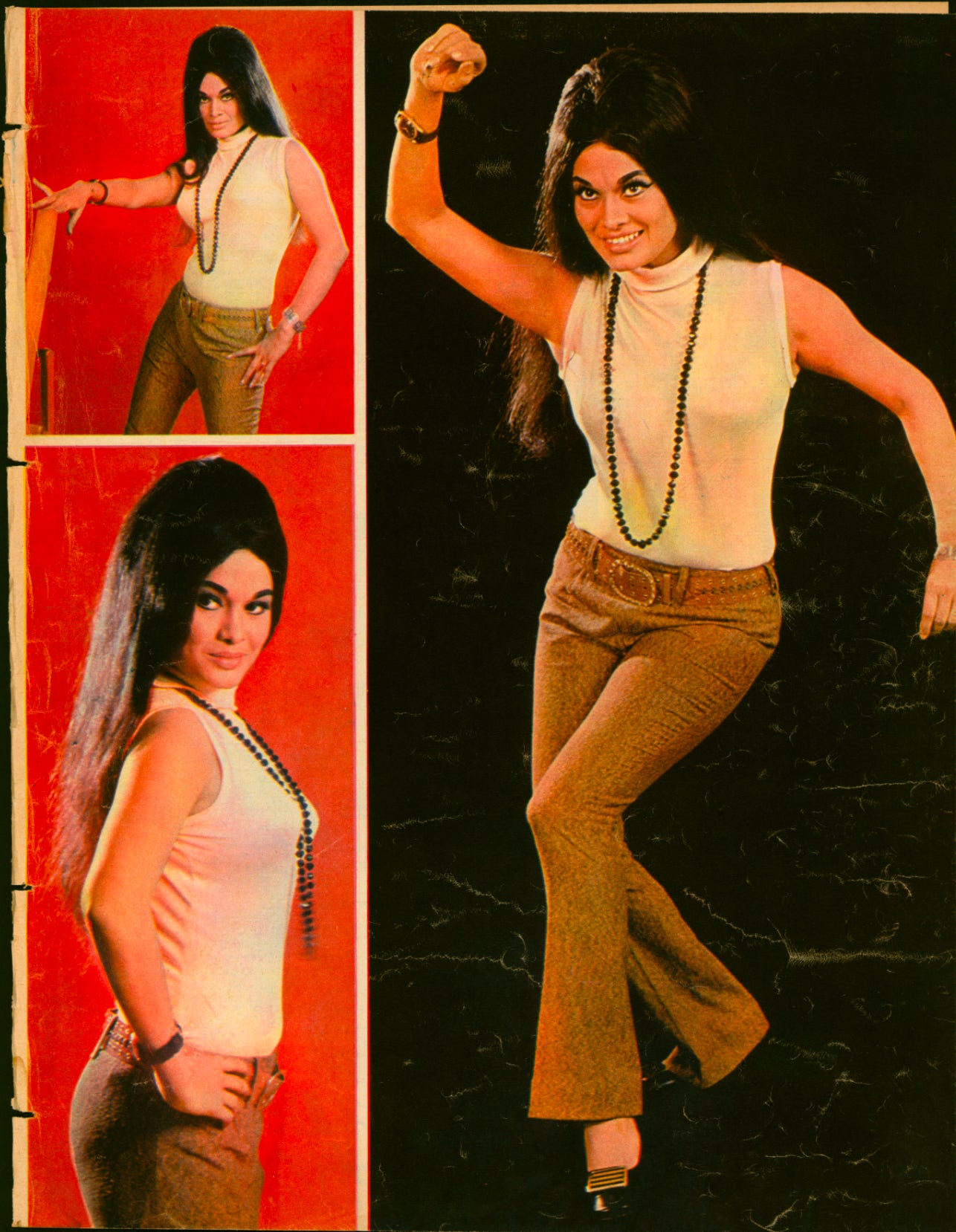
Always look forward to your newsletters! ⚡️